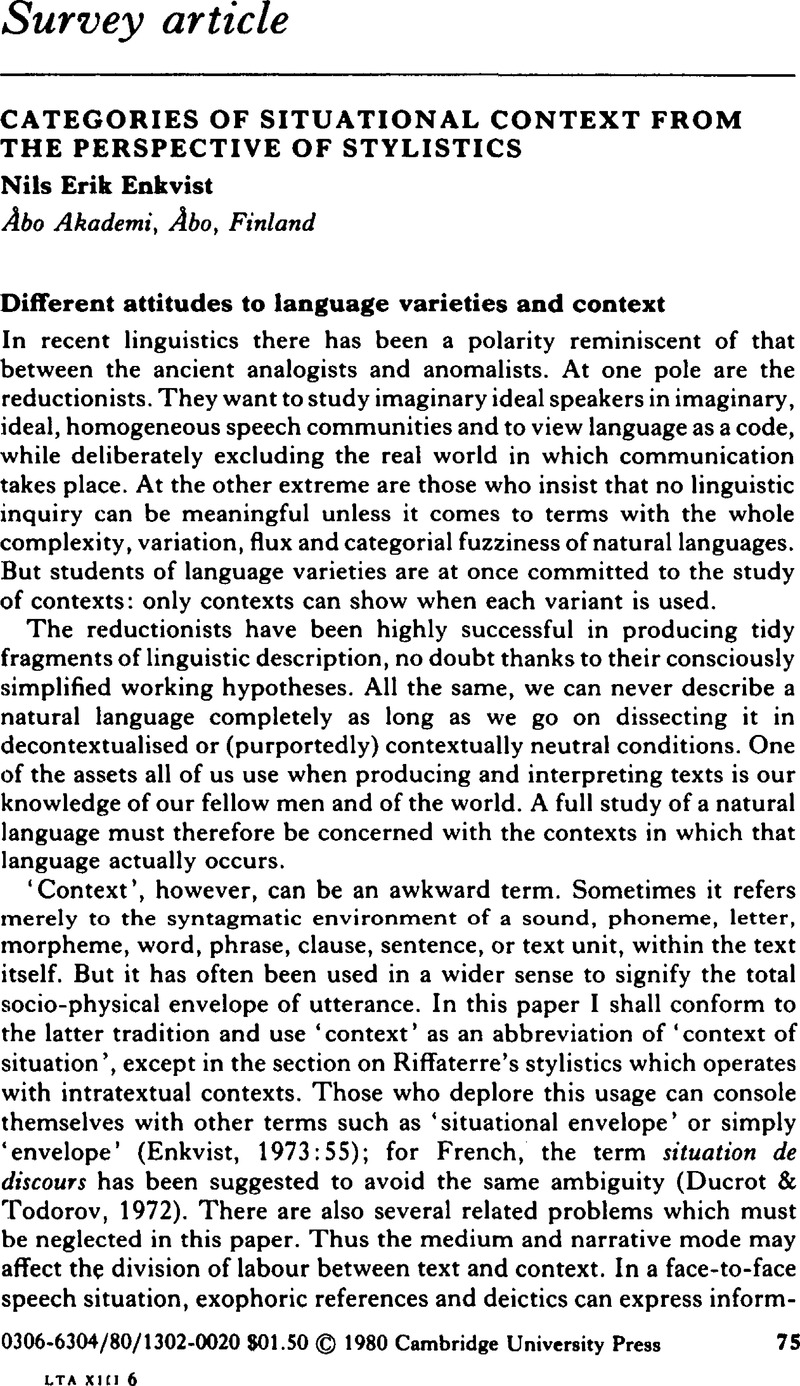Crossref Citations
This article has been cited by the following publications. This list is generated based on data provided by Crossref.
Zaytsev, Alexandr
2016.
A Guide to English–Russian and Russian–English Non-literary Translation.
p.
15.



